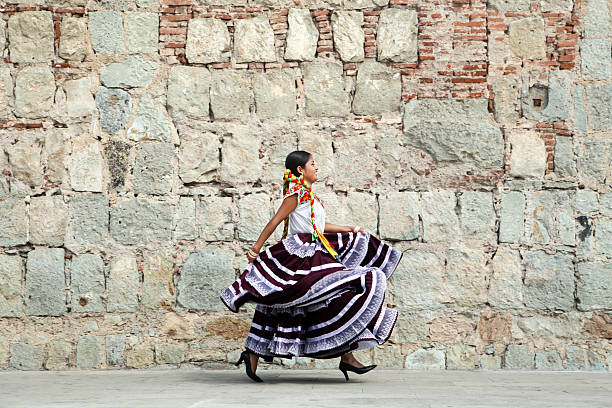
Introduction:
Mexican dresses are known for their vibrant colors, intricate designs, and rich cultural history. These dresses have been an important part of Mexican culture for centuries and continue to be popular today. In this blog post, we will take a colorful journey through the history and culture of Mexican dresses, exploring their beauty and traditions.
History of Mexican Dresses:
Mexican dresses have a long and fascinating history that dates back to pre-Columbian times. The indigenous people of Mexico, such as the Aztecs and Mayans, wore colorful garments made from cotton, feathers, and other natural materials. These garments were often adorned with intricate embroidery and other decorative elements.
When the Spanish arrived in Mexico in the 16th century, they introduced new fabrics such as silk and wool, which were used to create more elaborate and luxurious dresses. Over time, the traditional indigenous garments and Spanish-influenced dresses merged to create the distinctive style of Mexican dresses that we know today.
Types of Mexican Dresses:
There are several different types of Mexican dresses, each with its own unique style and history. Some of the most popular types of Mexican dresses include:
- The Huipil – a loose-fitting tunic-like dress that is typically made from cotton or other lightweight fabrics. The Huipil often features colorful embroidery and may be worn with a skirt or pants.
- The Rebozo – a long rectangular shawl that is often worn as a dress. The Rebozo can be made from a variety of fabrics, including cotton, silk, and wool, and is often decorated with intricate patterns and designs.
- The Adelita Dress – a long, flowing dress that is typically worn for special occasions such as weddings and quinceañeras. The Adelita Dress is often made from silk or satin and features delicate lace and embroidery.
- The Tehuana Dress – a traditional dress from the state of Oaxaca that is characterized by its full skirt, fitted bodice, and embroidered flowers. The Tehuana Dress is often worn with a headdress and is a symbol of the strong, independent women of Oaxaca.
Significance of Mexican Dresses:
Mexican dresses are more than just beautiful garments – they are also important symbols of Mexican culture and identity. The vibrant colors and intricate designs of Mexican dresses reflect the country’s rich cultural heritage and are a source of pride for many Mexicans.
Mexican dresses are also often worn for special occasions such as weddings, festivals, and religious ceremonies. They are a way for people to express their cultural identity and to honor their traditions and ancestors.
Conclusion:
Mexican dresses are a beautiful and important part of Mexican culture and history. From the indigenous garments of pre-Columbian times to the elaborate dresses worn for special occasions today, Mexican dresses have evolved and adapted over the centuries, reflecting the country’s rich cultural heritage.
Whether you are Mexican or not, wearing a Mexican dress can be a way to celebrate and honor this vibrant culture. By embracing the beauty and traditions of Mexican dresses, we can gain a deeper understanding and appreciation of this fascinating country and its people.